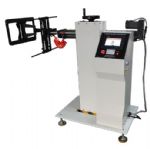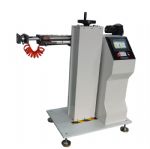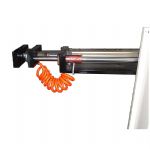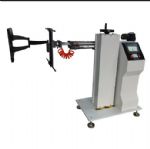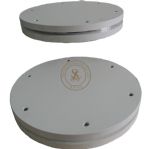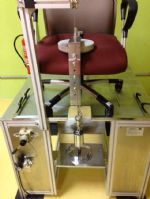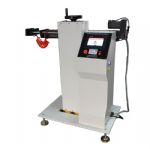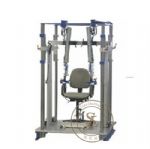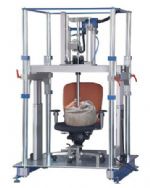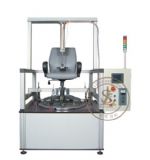- Product Catagory
- Tensile Strength Testing Machine
- Cables Flammability Testing Equipment
- Building Materials Flammability Testing Equipment
- Luggage Test Machine
- Textile Testing Equipment
- Color Fastness Instruments
- Textile Physical Test Instruments
- Lab Dyeing Instruments
- Flammability Test Chamber for Textile
- Consumables for Textile Testing
- Toys Safety Testing Equipment
- Physical & Mechanical Testing
- Flammability Testing
- Clamps for Toy Testing
- EN71-8,ISO8124-4
- Furniture Testing Machine
- Chair Testing Machine
- Mattress Testing Machine
- Furniture Testing Equipment
- Tables Test Machines
- Enviromental Chamber
- Leather and Footwear Testing Instruments
- Mobile Phone Testing Equipment
- Contact us
- Tel:86-769-23830463,86-13751491529
- Fax:86-769-38818154
- Contact:Ivy Xie
 [email protected]
[email protected] - Msn
 [email protected]
[email protected] Whatsapp +8613751491529
Whatsapp +8613751491529- Skype
 skylineinstruments
skylineinstruments happy_go_lucky4477
happy_go_lucky4477
- Site:Home > Furniture Testing Machine > Tables Test Machines > SL-T05 Table Slides Durability Testing Machine
- Product Images
- detailed description
PLC / HMI Table Slides Durability Furniture Testing Equipment with Servo Linear Actuator
Product Introduction
This machine is suitable for testing the durability of the drawer slide mounted on the furniture. It can also set the force value to carry out the destructive test and measure the push-pull of the drawer.
This machine is suitable for testing the doors that are mounted on furniture for horizontal sliding, including the structure made of hinged joints door piece groups.
Complies with standard
ANSI/BIFMA X5.5-2014;
Test No. 10 Extendible Element Cycle Test;
Test No. 11 Extended Element Retention Impact & Durability Test;
Test No. 12 Extendible Element Rebound Test;
Technical parameters
1. Accommodate up to a 12 (305mm) deep drawer
2. Accommodate “soft close” slides
3. Have the ability to adjust the stroke within 12 (3mm)
4. Have a minimum of 12 (305mm) of vertical adjustment
5. Can handle maximum load of 300 lb (135kg)
6. Speed rate between 0-.25 m/s.
7. Have a stroke counting device with failure notification and automatic stop with the number of successful completed cycles recorded
8. Have the ability to test a free standing application or application where the slides are already mounted in the application.
9. Designed for a minimum 15 million cycle life expectancy
10. Servo actuator
11. CE certified
Slide size 10-24 (250-610mm) long Stroke 600mm Drawer widths 10-24 (250-610mm) adjustable Controller PLC+ touch screen Load cell capacity 200KG
How do you lubricate table slides?
Coat the metal slides with bar soap or candle wax to keep them from sticking, then rub them with super-fine steel wool. Inexpensive lubricants include petroleum jelly, vegetable shortening, corn oil, lip balm, furniture polish and cooking spray. Apply a small amount of lubricant to the slides, then rub it in well.
What are slides used for in a lab?
A microscope slide is a thin flat piece of glass, typically 75 by 26 mm (3 by 1 inches) and about 1 mm thick, used to hold objects for examination under a microscope. Typically the object is mounted (secured) on the slide, and then both are inserted together in the microscope for viewing.

- Related ProductsMore>>



